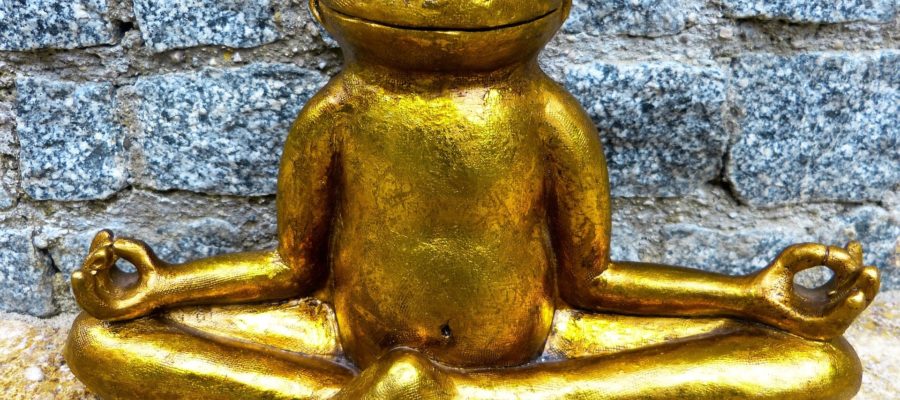Meditation Helps Build and Nurture Resilience
“Thank you for submitting your application. After careful review and consideration, we have decided to move forward with other candidates at this time. We encourage you to look at other……”
After weeks of preparation, two long interviews and painful hours of waiting for responses, this automated email arrived at the end of my workday a couple years ago on a Friday.
The realization of diminished hopes surfaced that weekend.
For months, I would be stuck going through waves of different emotions such as anger, sadness, and self-pity. During this time, I was missing opportunities by focusing on what could have been.
After years of this behavior, not only was I paralyzed by thoughts, migraines became an issue. I would have to take days off work because the pain had become too much to manage.
Meditation allows you to let go of all toxic mental conditions, moving into the present moment, finding that calm and quiet space within where there is nothing to worry about.
Nondirective Meditation:
When I first started meditating, my practice was more concentrative where I suppressed other thoughts when focusing on different mantras. This was a great way to clear out thoughts that did not serve me. However, when I was going through the rest of my day, it was a challenge to deal with negative thoughts that surfaced.
Changing to a nondirective meditation practice, like Acem, I’m getting better at observing the thoughts that come up by just effortlessly letting them come and go. By practicing this during meditation, this observation approach is carried with me throughout the day.
In a study, nondirective meditation led to higher activity than during rest in the part of the brain dedicated to processing self-related thoughts and feelings.
Mental Notes:
Another practice that has helped is mental noting. By giving a current experience a one-word general label, such as “thinking,” “hearing,” feeling,” I have a way to interrupt the unproductive thoughts that arise. By giving the thoughts a name, I can also notice when the same things keep coming up and recognize it as either something unproductive or important to focus on.
Noting in meditation has many functions:
- Keeps the meditator present – sometimes it is called an ‘anchor’ to the present
- Better acknowledgment of what is occurring
- Helps with recognizing patterns in one’s experience
- Gives the thinking mind something to do rather than leaving it to its own devices
- Disentangles us from being preoccupied or overly identified with experience
- Helps maintain a non-reactive form of attention
Headaches:
In a study, regularly practicing meditation can reduce headache incidents by at least 37%, and certain forms of meditation have been shown to completely eliminate headaches in some individuals over the long term.
Changes I have noticed:
- An increase in my ability to sense when a migraine is approaching earlier by paying more attention to signals from my body
- Migraine prescriptions are not needed as often
- Headaches and migraine concerns are less frequent
Practicing meditation has helped me build and nurture resilience by being an observer of my thoughts, labeling them, and reducing migraines.
What changes have you seen from practicing meditation? For me, rejection has turned into an opportunity to switch and explore the direction that best fits me in the present as opposed to staying focused on what could have been done differently in the past.
 Copyright secured by Digiprove © 2017 Crystal Gibson
Copyright secured by Digiprove © 2017 Crystal Gibson









